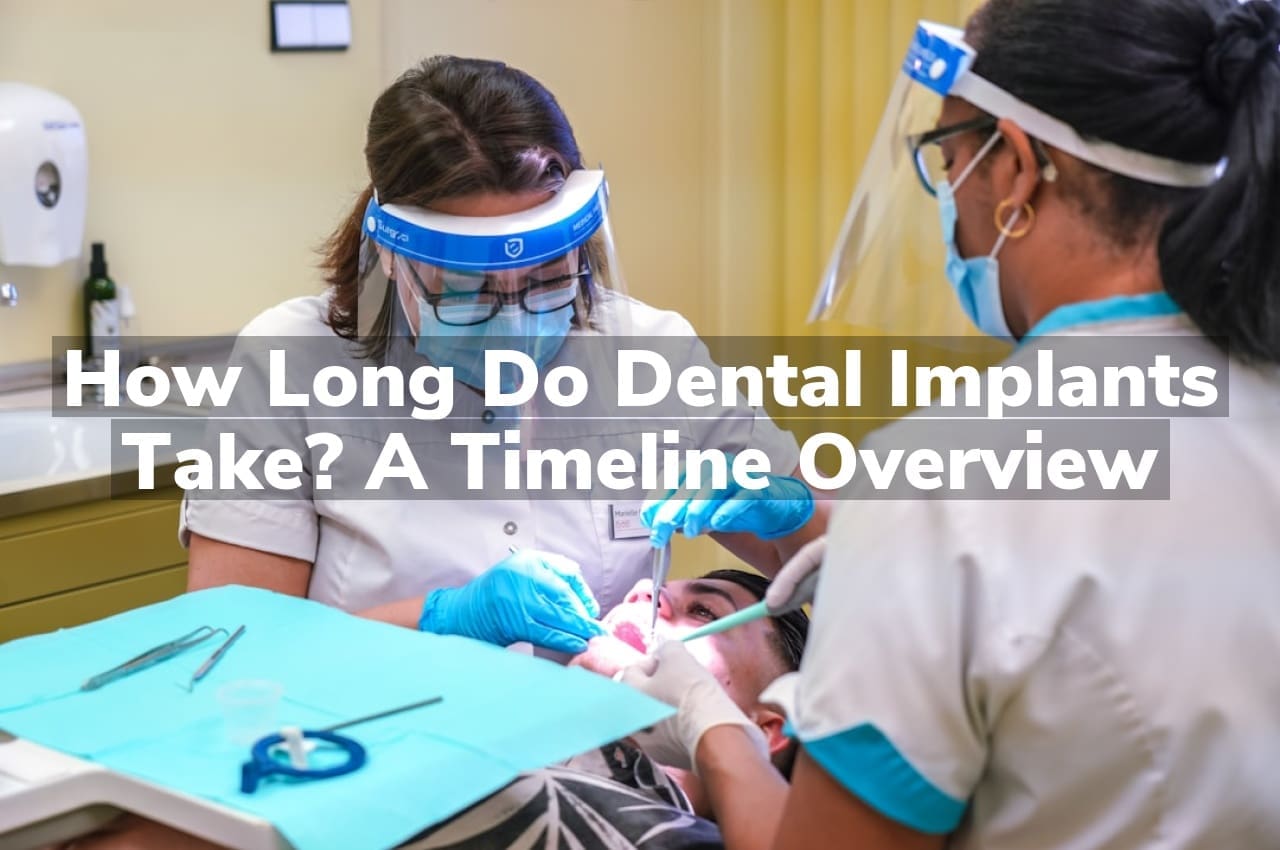Are you wondering how long the process of getting dental implants takes? The duration can vary widely depending on individual circumstances and procedural steps, typically spanning several months from initial consultation to final placement. This timeline allows for careful planning, surgical intervention, and healing periods to ensure the best outcomes.
Initial Consultation and Assessment
The journey towards getting dental implants begins with an initial consultation and assessment. This crucial first step involves a detailed examination by a dental professional to evaluate the health of your gums and jawbone. The purpose is to determine whether dental implants are a suitable option for you. During this phase, various diagnostic tests such as X-rays or CT scans may be conducted to gain a comprehensive understanding of your oral structure.
Understanding the care process for dental implants is equally important as the initial steps towards getting them. For those interested in maintaining their future implants, reading about How to Clean Dental Implants for Long-Term Success can provide valuable insights. This initial assessment not only sets the stage for the next steps in the implant process but also helps in establishing a clear communication pathway between you and your dental care provider.
Bone Grafting (If Needed)
Bone grafting is a procedure that might be necessary before the placement of dental implants if the patient lacks sufficient natural bone in the jaw. This situation can occur due to various reasons such as periodontal disease, injury, or atrophy of the jawbone over time. The process involves using bone from another source, which could be the patient’s own body or other materials, to augment or regenerate the jawbone. This step is crucial as it provides a solid foundation for the implant, ensuring its stability and longevity.
The timeline for dental implants can be extended if bone grafting is required. The healing period for a bone graft can vary, typically taking several months before the jawbone is deemed strong enough to support a dental implant. This preparatory step is essential for patients who need to rebuild or enhance their jawbone structure, ensuring that the implant will be successful and durable. For those considering this procedure in the Woodstock area, you can learn more about Professional Dental Implants, Woodstock Area.
Dental Implants Surgery Process
The dental implant surgery process typically begins with a consultation and examination to assess the suitability of a patient for implants. This is followed by the surgical insertion of the implant into the jawbone, which serves as a new root for the tooth. After the implant is placed, a period of healing is required for osseointegration to occur, where the bone integrates with the implant. This phase can vary in duration depending on individual healing times and the specific conditions of the jawbone. Once healed, an abutment is attached to the implant, which will hold the new artificial tooth or teeth in place.
Healing and Osseointegration Period
The healing and osseointegration period is a crucial phase in the dental implant process. After the implant is placed, the body begins a natural healing process where the jawbone grows around the implant, securing it firmly in place. This period can vary widely among individuals, typically lasting anywhere from three to six months. During this time, it’s essential for the implant to achieve a stable and strong integration with the bone, setting a solid foundation for the final restoration. For more information on dental health, consider visiting Woodstock Dentist.
Final Prosthesis Placement
The stage of final prosthesis placement in the dental implant process marks a significant milestone where the permanent dental prosthesis is attached to the implant. This step typically occurs after the jawbone has successfully integrated with the implant, a phase known as osseointegration. The final prosthesis, which could be a crown, bridge, or denture, is designed to match the natural appearance of the patient’s teeth and is secured onto the implant, providing the functionality and aesthetics of natural teeth. This phase concludes the surgical and technical aspects of the dental implant procedure.
Conclusion
For further inquiries, feel free to call us at 678-483-5999 or read our reviews on Google Maps.






